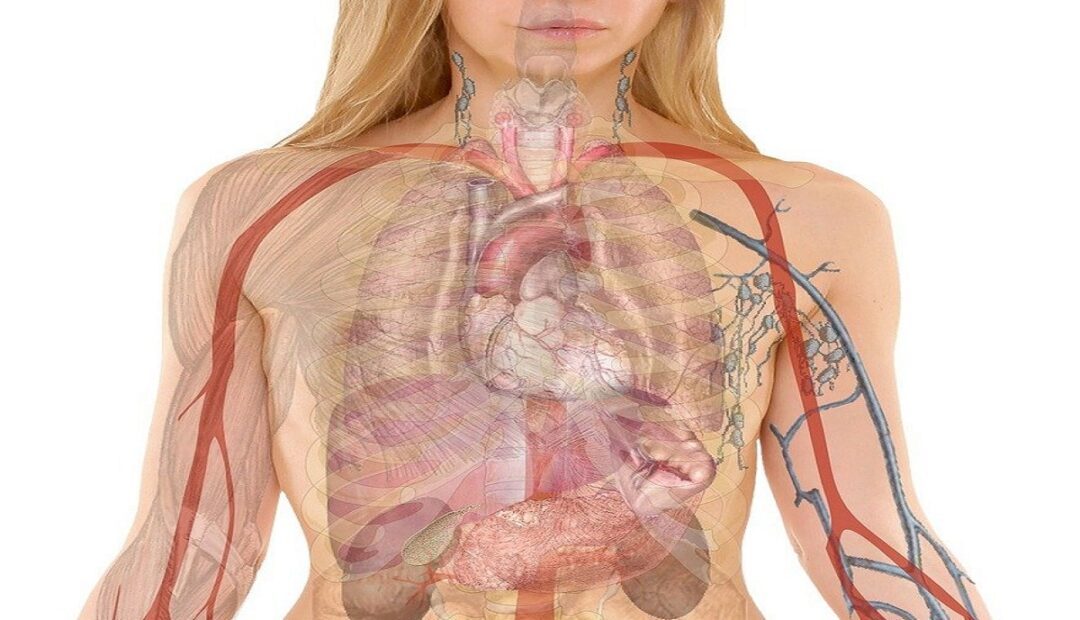BIOLOGY PRACTICAL ACTIVITIES
BIOLOGY PRACTICAL ACTIVITIES Ecology is best studied outdoors. Students identify a habitat within or near the school compound, e.g. a flower bed. The quadrat method is used. Observation and recording of the various animals as well as their feeding habits is done. Birds that feed on the plants or arthropods in the area studied are […]
BIOLOGY PRACTICAL ACTIVITIES Read More »
